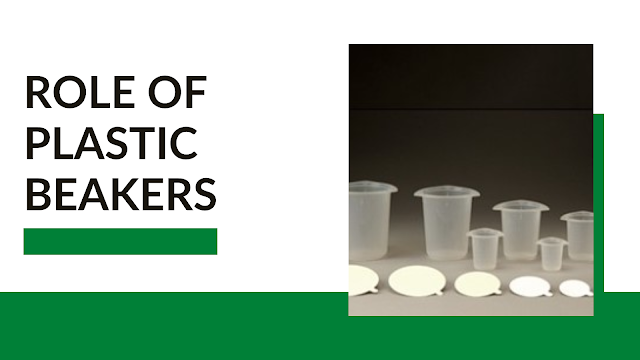The Role of Plastic Beakers in Laboratory
The beaker is one of the lab's most often-used pieces of equipment. Beakers are used in experiments that produce liquid products to collect the liquid. Beakers can hold samples of anything you're researching at the most fundamental level. They can serve various other purposes because they come in multiple sizes, including sustaining a minor chemical reaction. Plastic beakers are frequently used in research, instruction, and industry. They are also employed in tests using chromatography.
The Advantages of Plastic Beakers
Cost
Glass is far more expensive than plastic, and plastic laboratory supplies like beakers can be thrown away without meticulously cleaning. In addition, unlike glass, plastic may be twisted and squeezed.
Durability
Plastic has the unique benefit of being less delicate and breakable compared to glass. Glass lab equipment frequently breaks while being cleaned and prepared for use. However, it becomes even more crucial when glass breaks while conducting an experiment that could expose participants to biological, radiological, or cancer-causing risks. When in contact with certain solvents, some plastic may disintegrate. Some of them are gas permeable, which means that materials inside the beaker could oxidize or change pH. At this point, a glass substitute is picked.
Reusability
Plastic development has advanced significantly in recent years. Many of the features recognized in glass have been developed into plastics. For instance, polymethyl pentene is a particularly transparent plastic with optical properties that are comparable to glass. To sterilize and reuse it, it can also be autoclaved.
The Rising Demand for Plastic Beakers
Experts claim that the market for plastic laboratory equipment is expanding quickly, particularly in the market for life sciences.
For instance, new plastics have been created specifically for use in cell biology labs. Cells cannot adhere to the surface of the equipment since these polymers are even more inert than glass. However, it is possible to modify alternative plastic surfaces so that cells adhere to them and combine more quickly than they would on the glass to generate a confluent layer.
Plastic technology is still developing, giving customers more options for unique demands. With benefits over glass and other types of plastic, manufacturers now produce specific sorts of plastic items to particular needs.
Fluoropolymer, known as Teflon, is another material used to make beakers. Teflon is a plastic commonly used to coat several types of cookware. When handling hydrofluoric acid, which eats through glass and other polymers, Teflon is especially helpful. Some scientists are recommending the reuse of even single-use, disposable plastic products in the lab due to concerns about the "disposable world" issue.
Picking the Right Plastic Labware
The thumb rule for high-quality, laboratory-grade plastics is that the fewer additives, the better. The advantages of any additions should be weighed against the possibility of leaching and contamination of test solutions when selecting plastic labware such as plastic beakers. The price of the laboratory goods reflects the caliber of the plastic resin used to make them. You get what you pay for, in other words.




Comments
Post a Comment